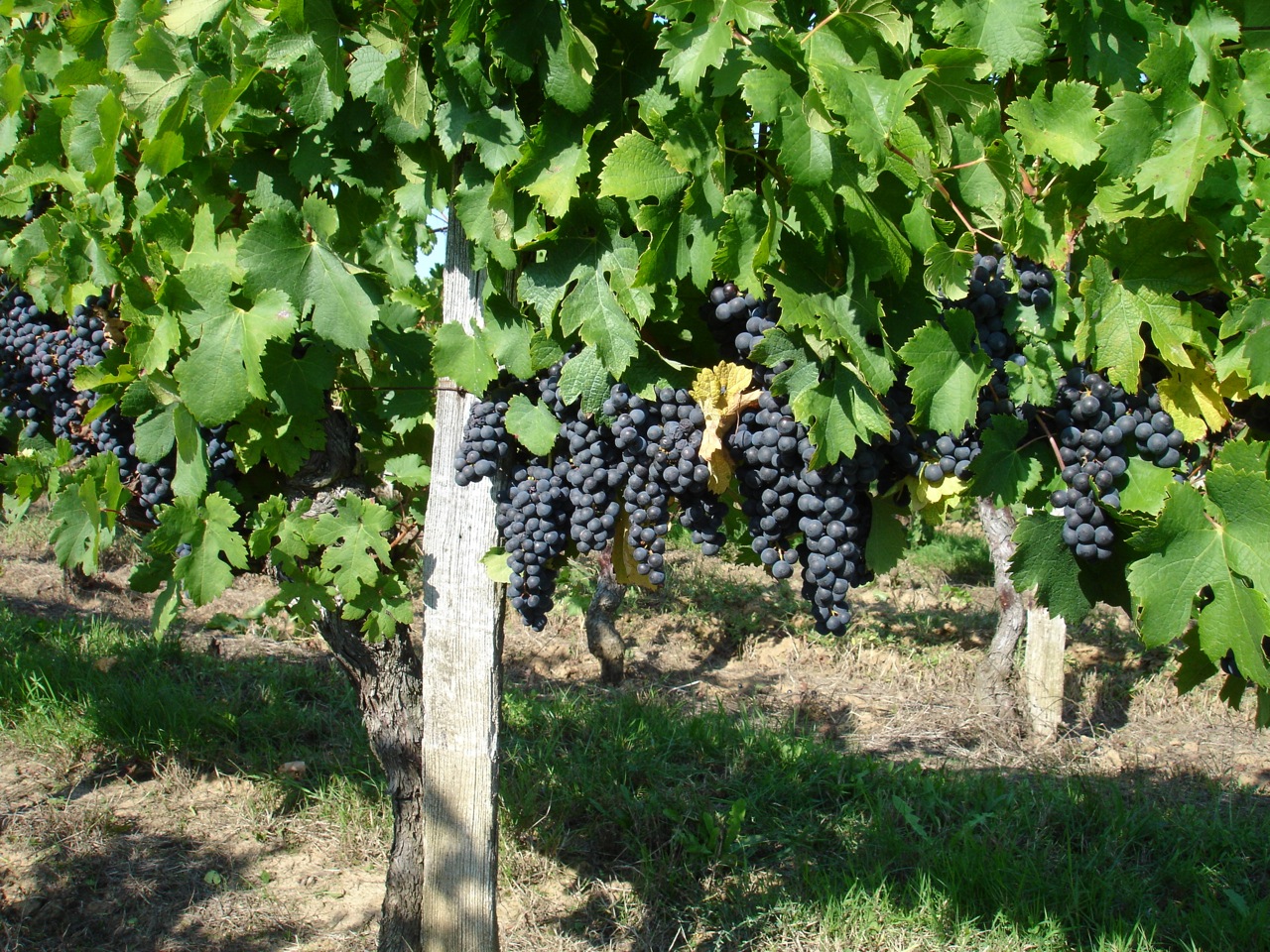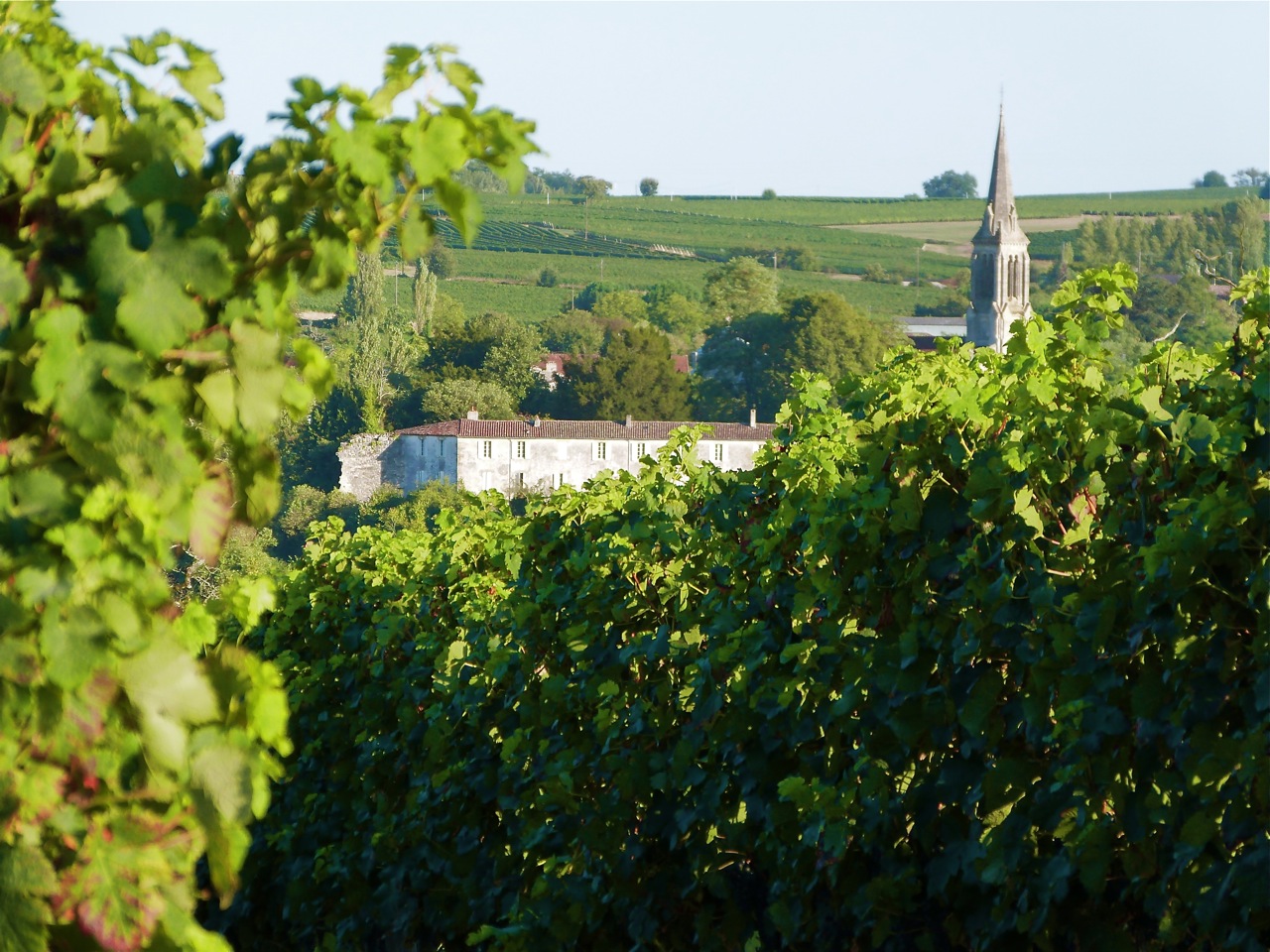My first taste of wine was poured from a picturesque bottle of Mateus Rose. Two points off for the plastic cup, but it was the best my college roommate could rustle up for French Club Night in our favorite professor’s garret office. A little wine (even Portuguese, I suppose) was supposed to liberate our tongues so we’d opine about Literature like natives. As it turned out, my French was still rubbish, but the wine had turned a 1st trick – flowing ideas despite bad grammar. Then a further challenge: describe this novel beverage as it rolls through your mouth. But there was no 2nd trick; not a tool in the kit for naming those sensations.
Many years on and here we are with tons of that tongue liberating liquid in elevage (elevage – as in raising something young, like livestock or children,) resting in her winter tank. Wine “resting” has proven ironic; I thought it meant we’d also have some time to rest. The man is occupied in wine raising, paperwork, renovating another neglected section of the 18th century, destroying stone walls in one place rebuilding them in others, creating a sales plan, replanting a forest… and I’d like to say I’m flat out writing brilliant copy for our new label, but I can’t because I’ve been paralysed by a case of writer’s block.
Dilemma: How do you write about the glories of your child in elevage, if the jury is years down the road? She’s wonderful, but how do I know how she’ll behave in a bottle? And my real angst – because of course I could just brazenly brag – where do I find the words?
From our first kiss I’ve been stumbling mute on a search for the right words, truthful words, to describe our wine. The good news from my pilgrimage is that the Doors were right, the first step is all about perception – focus, concentrate, be in the moment.
The bad news – you still need words.
Then one day the man lays a book on my desk, what the oenologue calls their bible: “The Taste of Wine” by Emile Peynaud, the grandfather of modern oenology. Peynaud: “…When trying to talk about wine in depth, one rapidly comes up against the limitations of one’s means of expression; against the barrier of the inexpressible… For the skillful there is but one resort: to exploit the evocative value of words.” (italics mine)
Suddenly I’m Helen Keller at the well. Instead of flailing about in the dark surrounds of incommunicable sense impressions, I’m holding a rosetta stone. Where we had groped to convey “vault of a church,” re-inventing the wheel to describe our perceptions, Peynaud tosses off baubles: “… a substance with three dimensions… its contours and its architecture as though the liquid had a design; a particular surface texture, an internal structure. A wine’s ideal form is the sphere, which represents a space of perfect equilibrium.”
Word and words and words. The abbreviated list contains 160 of them. Precise terms, entire terminologies and lexical fields for color, smell and taste, defined to provide common reference points and standards for the very subjective business of wine analysis, description and judging.
There is a vocabulary for Structure straight out of an architecture syllabus – “volume, form, consistency… balance, harmony, equilibrium… round, angular, sharp, formless…”
The vocabulary for Vinosity (alcoholic strength) is about power – “robust, hefty… puny, wishy-washy…”
When it comes to Richness and Sweetness it gets confusing since a red wine might contain only fractions of a gram of sugar. It’s the sweet flavors of the other elements that must balance acidity and tannin, if you want to use words like “supple, soft, mellow, gentle…” With this kind of harmony you can call a red wine moelleux. The king of words in the sweet/rich category is gras, also untranslatable, meaning both full bodied and supple. Fleshy. As for wines that are too sweet (unbalanced) – they get voted off the island: “flabby, flaccid, cloying…”
Then there is Acidity. Good acidity gives a “wine freshness, liveliness”; otherwise it’s “hard.” When a wine is “frank” it can be “acerbic, acidulous, aggressive, green…” Not acid enough and you get “flat, fleshless, emaciated…”
Inside the vocabulary of Bitterness and Astringency is the whole world of tannins. A high enough tannin level makes a wine “full bodied, ample, well structured…” Good tannins let you use phrases like – “a thick, mouth-filling texture,” “follow through,” “long on the palate.” Too much tannin and it may be “hard, firm, coarse…”
Metaphorical Language takes you to the realm of the anthropomorphic: “vigorous, feeble…” moral judgments like “good” and “bad;” commercial attributes like “sound, straightforward…” and even designations by social class – “noble, rich, poor, vulgar…”
Now I obviously have a different problem. The words exist, I should just trust my perceptions and plunge.
But procrastination is a pleasant habit, and for the moment it’s easier to daydream about my old friend B. who now spoils us with lavish St Emilion Grand Crus’ embellished with fine descriptors on the back label. I’ll have to introduce her to another dear friend of the same name, who also spoils us with family stash bottles from her world class St Emilion vineyard. B1 will appreciate the wine that B2 brought on a recent picnic – what else but a chilled Mateus Rose, because – “I’m 20 years old again, on a picnic and in love for the first time.”
I see it all. Her words carry me to a place soaked in colors, perfumes, bouquets, kisses… Tastes that linger for 30 years.
Ok, time’s up, the man is drumming his fingers. So here are my words: Color: Deep magenta purple. Nose: Fruity, aromatic, du terroir, clean. Taste: Sweet black fruit, youthful astringency, rather complex, rising structure, vigorous, lively. Thick texture, long on the palate, lingering notes of vanilla and caramel.
I guess that’s a start. But as Pascal said – if I had more time, I could make this shorter.




